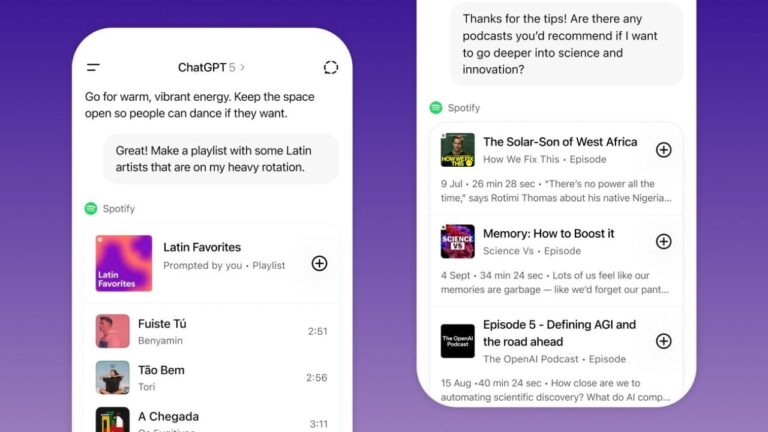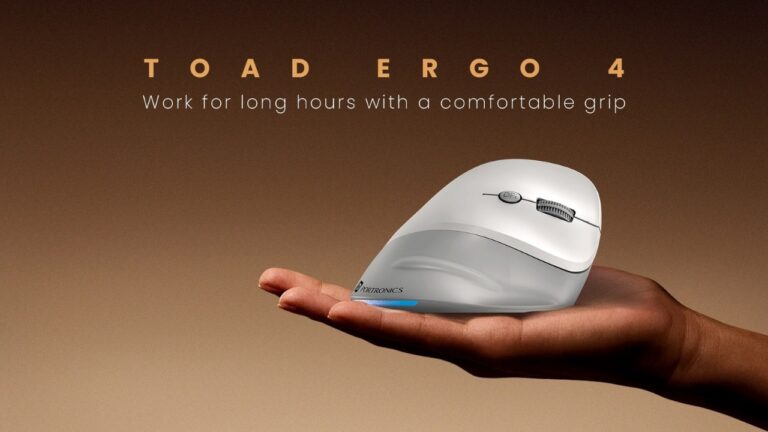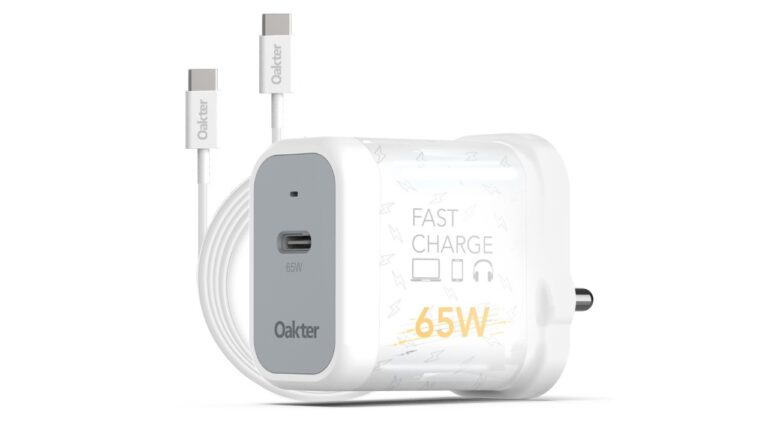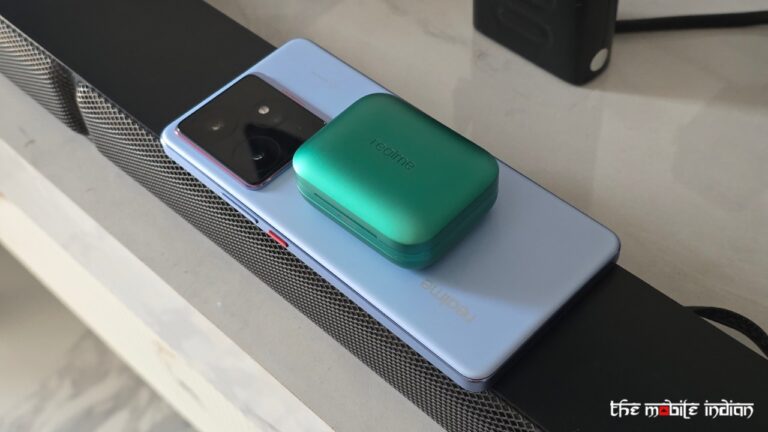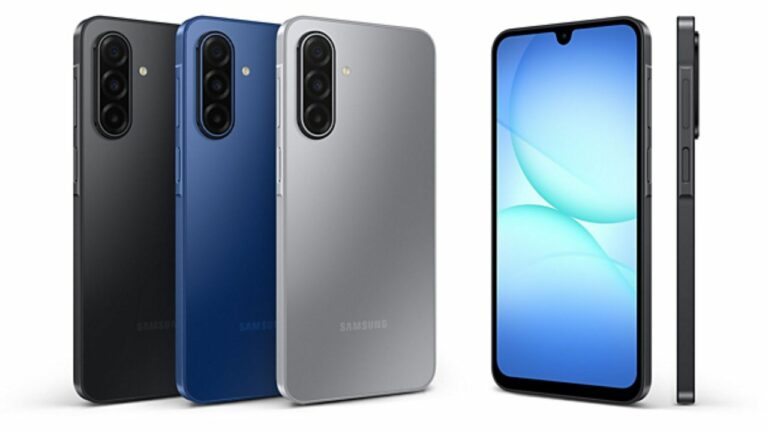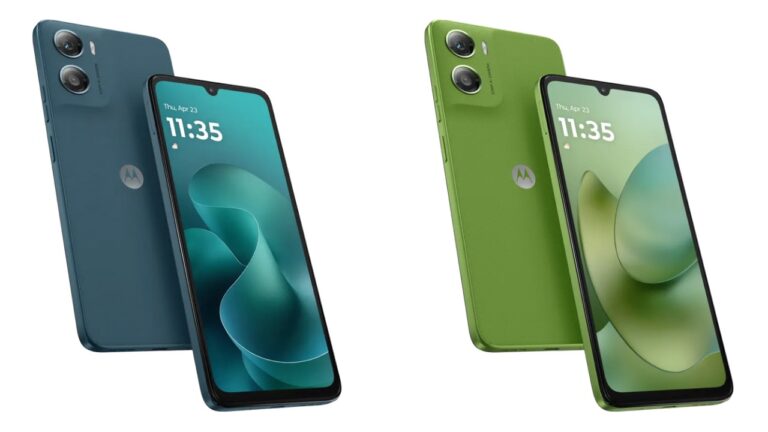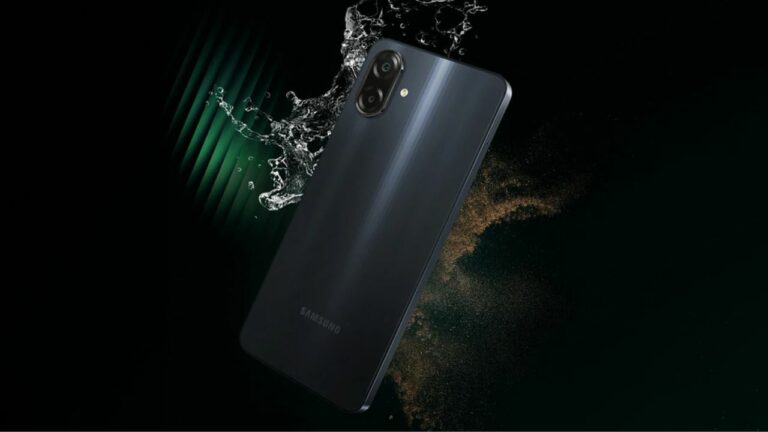OpenAI has introduced two new tools including AgentKit and Apps in ChatGPT where the former allows developers and enterprises to build, deploy, and optimize agents for ChatGPT while the latter is essentially a “new generation of apps you can chat with, right inside ChatGPT.”
AgentKit in ChatGPT
“With AgentKit, developers can now design workflows visually and embed agentic UIs faster using new building blocks like:
- Agent Builder: a visual canvas for creating and versioning multi-agent workflows
- Connector Registry: a central place for admins to manage how data and tools connect across OpenAI products
- ChatKit: a toolkit for embedding customizable chat-based agent experiences in your product.”
The company is also expanding evaluation capabilities with new features like datasets, trace grading, automated prompt optimization, and third-party model support to measure and improve agent performance.
ChatKit and the new Evals capabilities are generally available to all developers from today. Agent Builder is available in beta, and Connector Registry is beginning its beta rollout to some API, ChatGPT Enterprise and Edu customers with a Global Admin Console (where Global Owners can manage domains, SSO, multiple API orgs).
Apps in ChatGPT
Apps in ChatGPT fit naturally into conversation. You can discover them when ChatGPT suggests one at the right time, or by calling them by name. Apps respond to natural language and include interactive interfaces you can use right in the chat. For instance, one can now ask Spotify in ChatGPT to recommend songs, create playlists, and more.
For ChatGPT users, apps meet them in the chat and adapt to their context to help you create, learn, and do more. For developers, building with the Apps SDK makes it possible to reach over 800 million ChatGPT users at the right time.
ChatGPT can also suggest apps when they’re relevant to the conversation. For example, if you’re talking about buying a new home, ChatGPT can surface the Zillow App as a suggestion so you can browse listings that match your budget on an interactive map right inside ChatGPT.
Apps will be available today to all logged-in ChatGPT users outside of the EU on Free, Go, Plus and Pro plans. OpenAI’s pilot partners–Booking.com, Canva, Coursera, Figma, Expedia, Spotify and Zillow which are also available today in markets where their services are offered starting in English. More pilot partners, such as Door Dash, Khan Academy, Open Table, Trip Advisor, Uber, and more, will launch later this year and the company expects to bring apps to EU users soon.
Later this year, OpenAI will launch apps to ChatGPT Business, Enterprise and Edu. It will also open submissions so developers can publish their apps in ChatGPT, and launch a dedicated directory where users can browse and search for them.



